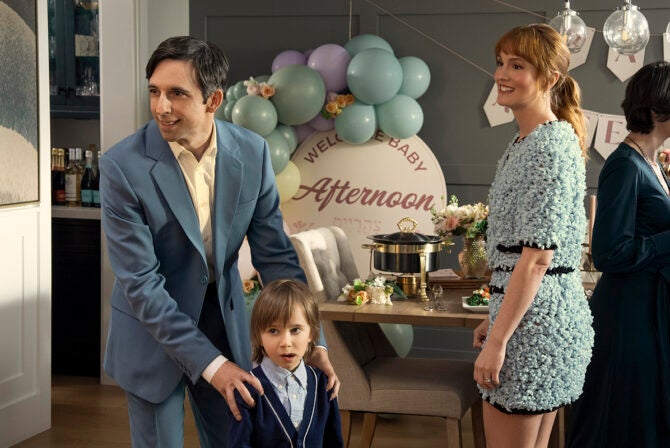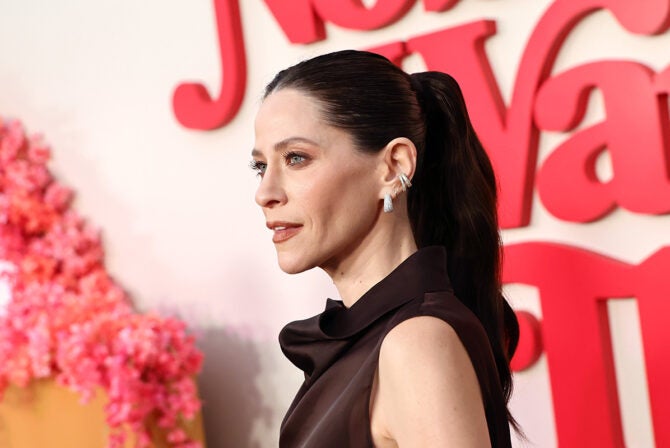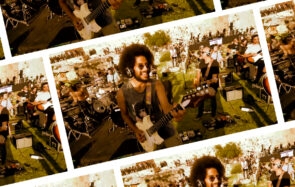When I tell the story of how my husband and I became a couple, I often leave out one important detail: the long conversation we had about circumcision on our first date.
While we were not even at the place where holding hands would have felt right, we somehow stumbled into an intimate discussion of whether or not we would circumcise a very hypothetical son. Among the things that had brought us together, and have kept us together since, was a shared commitment to liberal Judaism, based in years of education and involvement in the Jewish community. But when it came to circumcision, we could not have been further apart.
My one hesitation in accepting a date with this guy, who I had only days before met in synagogue, was that he would maybe be too traditional for me. And this conversation upheld my suspicions. He was passionate about circumcision, arguing that few Jewish rituals take us back to our tribal roots, predating the rabbinic overlay of intellectualism. Nothing, he opined, tied modern Jews back to our ancient birthright more than this ritual. The blood, which to me was barbaric, was primal and a critical sign of our humanity. If he had a son, he would hope to be able to fulfill the father’s traditional obligation to actually participate in the ritual.
His one hesitation about me was that I was perhaps too radical a feminist for him. And this conversation upheld his suspicions. I argued vociferously against circumcising that hypothetical son on feminist grounds. If Judaism is built on covenant, and the sign of the covenant is circumcision, then fundamentally, circumcision, which is exclusively male, is an ongoing reminder of the patriarchical nature of Judaism. The sign of covenant should ultimately be something that is equally accessible to women and men. Boys and girls should be welcomed into the fundamental relationships with the people of Israel and the God of Israel in a way that recognized and celebrated the full humanity and holiness of every individual regardless of gender.
Walking along the Charles River, we went back and forth, understanding where the other came from and each other’s concerns but ultimately not changing our minds a bit. Far from putting us off of the other, we found that in unpacking the complexities, there was a partner with whom to really engage thoughtfully. Besides, it was a first date; the son we were discussing was purely hypothetical and we could afford to passionately disagree.
Five years later, an ultrasound turned that hypothetical into a concrete reality. In the intervening years we had come to appreciate each other’s views on the matter and understand the complicated emotions and attachments that surrounded the issue of circumcision. But all the understanding in the world could not change the fact that we still disagreed. To complicate matters, the original ultrasound was done in the United States and we would be living in Munich, Germany when our son was born. Whatever we would want to do could not be left to the last moment nor would it need to be bound to the norms of a set of community expectations.
While we figured out what to do, we chose not to tell anyone the sex of the child. We did not want anyone else adding their agenda to our complicated negotiations. Nor did we want decisions about whether to come for the birth to be predicated on expectations of a
brit milah
at eight days.
I no longer remember all the intricacies of our deliberations, but in the end the compromise we reached is one that we both still feel good about. David ceded to my need to create ritual that was blind to gender and not tied to body. At the start of the eighth day of our son’s life, as the sun set, we gathered about 30 of our friends and coworkers to welcome him into the covenant. The ceremony we put together pulled strongly from Jewish tradition and from ancient sources.
Honoring David’s desire for something primal and ancient, we turned to the first covenant that Abraham makes with God and that predates circumcision for inspiration. We lit candles welcoming the week and our son, uncircumcised, as fully part of the people of Israel and in covenant with God. Particularly poignant was the coincidence of the date with the anniversary of Kristalnacht. That night in 1938, which in many ways marked the beginning of the destruction of European Jewry, had been chosen because it began as a commemoration of a failed putsch by Hitler at a beer hall only a mile from where we celebrated the miracle of this Jewish birth and the survival of our people.
The next morning, I ceded to David. Away from the crowds and without any fanfare, we picked up a Swiss
mohel
from the airport and gathered with only my parents as witnesses in our tiny apartment. Ultimately, knowing that we would raise this very real son in the Jewish community led me to go forward with circumcision. Because, ultimately not marking him with the ancient sign would ironically mark him as outside the very community I wanted him to proudly uphold. My husband got his wish to participate and to have his son continue the tradition. Particularly meaningful to all of us was the mohel, himself a Holocaust survivor, writing the name of our son on a list of every boy he had circumcised. For after surviving, he had sworn to work to help rebuild Jewish life.
Two months later, we returned to North America and held a very large, very festive
pidyon haben
. We dressed our son in a Bavarian soccer outfit, carried him in on a tray, and redeemed him, in the ancient practice of redeeming the first born from having to serve in the Temple in Jerusalem. Over a hundred family members were in attendance.
Looking back I feel good about the balance we struck. Despite my theological and practical reservations, I cannot imagine what it would have been like to navigate youth group, summer camp, and Jewish schools for our son had we not circumcised him. I was not thrilled with the blood or the marking of my baby’s body, but had we not done a brit milah that would have been marking his body in a different kind of way. Leaving it to him later in life was never really an option. But by welcoming him into the covenant ahead of the ritual circumcision and eschewing the traditional pomp of a brit milah, we shifted the meaning and context. Circumcision was one but not the only way or the first way or the most celebrated way of welcoming our son as a member of his people, a member of a tribe.
While I don’t share the story of our debate on our first date when I tell the story of how my husband and I met, as a rabbi, I do sometimes share it with couples that I counsel. Smart thoughtful people disagree, and disagree strongly about circumcision. In Judaism there is the idea of an argument for the sake of heaven but ultimately, when faced with a baby boy, decisions need to be made. And whatever decision one makes will have implications that are far from theoretical.







